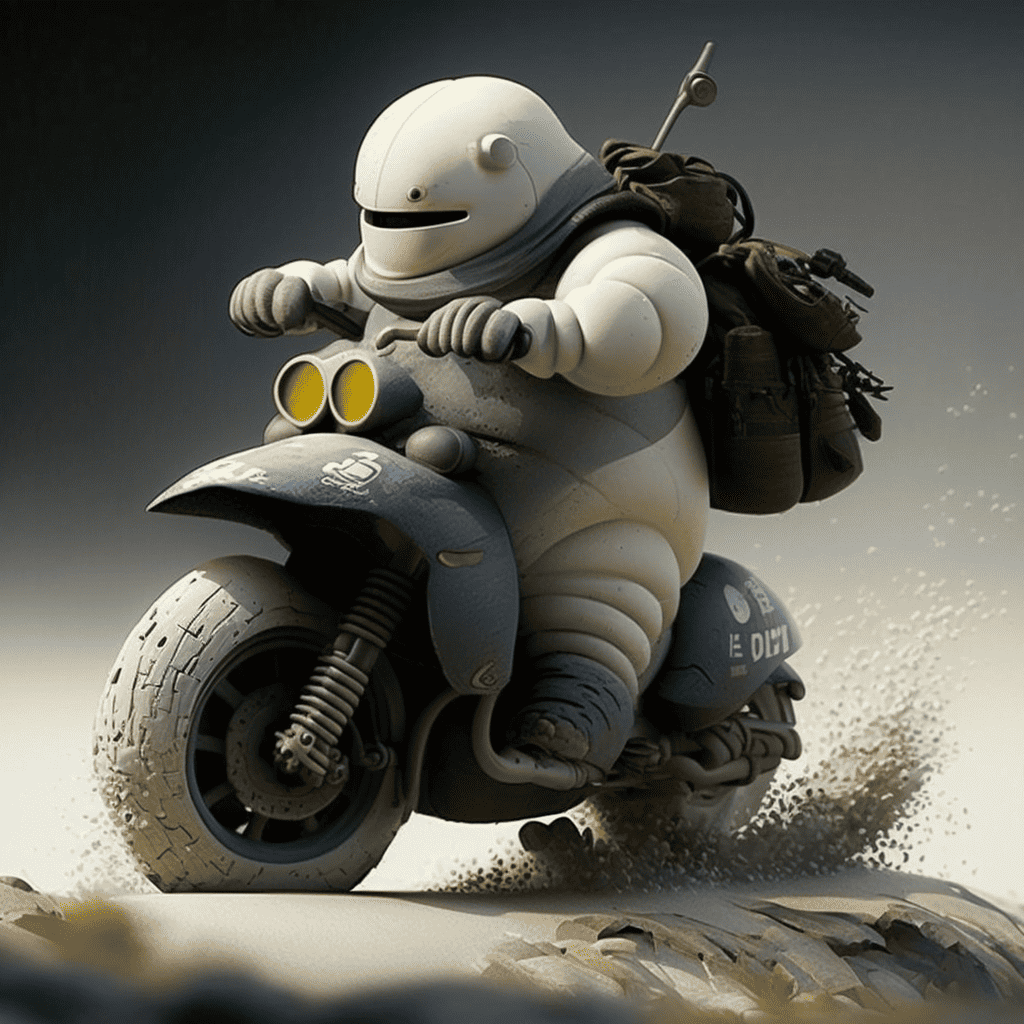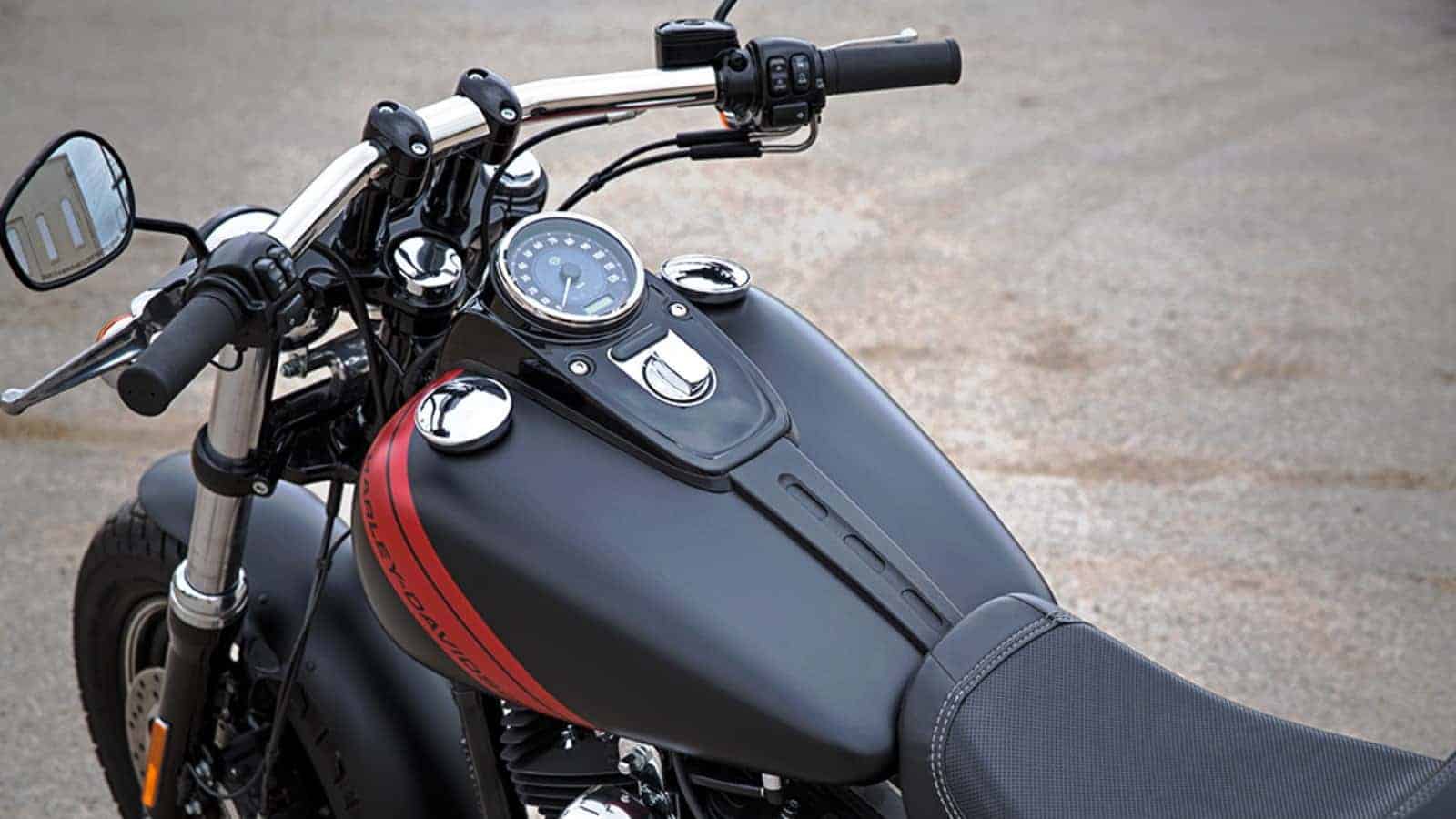As the days get longer and temperatures rise in the spring or the inverse in the fall, cold weather riding gear becomes essential for any adventure motorcyclist. Whether you’re just getting started or a seasoned pro, having the right gear is critical to staying safe on long rides in chilly conditions. From layers to accessories that’ll help keep you cozy on your journey, it’s important to understand what type of cold weather riding gear is appropriate for your requirements. For cold-weather riding, this post will provide insight into the necessary gear to stay safe and comfortable while enjoying your ride.
Table of Contents:
- Cold Weather Riding Gear Basics
- Layering for Cold Weather Riding
- Essential Cold Weather Riding Accessories
- Staying Warm on Long Rides in Cold Weather
- Maintenance Tips for Cold Weather Riding
- FAQs in Relation to Cold Weather Riding Gear
- Conclusion
Cold Weather Riding Gear Basics
Cold weather riding gear is essential for any adventure motorcyclist who wants to stay safe and comfortable while on the road. Different types of cold weather riding gear exist, each with its own advantages and disadvantages; thus, it’s important to evaluate what type is most suitable for one’s needs prior to making a purchase. It’s important to understand what type of gear is best suited for your needs before investing in it. When you plan for your ride plan for at least 10 degree Celsius colder than the actual temperature. So if it 12 Degree in early season, it will be around 2 while riding at highway speed. Also take into consideration that it will get colder and colder as the day goes by. I thought I had been cold before riding motorcycle, believe me coming back at home with my fingers numb is not very fun, getting them warm again is the most paiful part.
For cold weather riding, there are a variety of gear options to choose from, such as heated jackets and vests or waterproof garments made with breathable fabrics. For instance, heated jackets and vests provide warmth without having to layer up too much clothing underneath them. Other options include waterproof jackets or pants made from materials like Gore-Tex or other breathable fabrics designed specifically for cold weather conditions. Finally, base layers such as thermal underwear can help keep you warm even when temperatures drop below freezing levels. So continue to read if you don’t want to look like the Michelin man on your motorcycle.


Benefits of Wearing the Right Gear:
The right cold weather riding gear can make all the difference when it comes to staying comfortable during long rides in colder climates. Not only will wearing proper attire help keep you warm, but it also provides protection against wind chill and moisture which can quickly sap body heat away from your core temperature leading to hypothermia if not properly managed over time . Additionally, many pieces of specialized winter wear come with additional features such as reflective material that helps increase visibility in low light conditions or pockets designed specifically for carrying small items like keys or snacks while on the go. Usually one of the first difficulty you will encounter is that the lever operation become clumsy and then, it’s not unusual to be totally unable to pull the clutch or the brake lever…And gest what? Riding with no clutch and no brake can be a bit dangerous.
Before purchasing any piece of winter apparel, be sure that it fits correctly so that air flow isn’t blocked off by an ill-fitting garment. Additionally, look at how durable each item is – some materials may be more resistant than others depending on their construction quality. Furthermore, pay attention to details like zippers and snaps; they need to be strong enough so they don’t break under pressure while out on a ride. Lastly, try out various combinations before deciding which one works best – layering up allows you to adjust insulation levels easily depending on how hot or cold outside temperatures get throughout your journey. Be sure to keep at all time in your essential kit, a took, a pair of gloves, a sweatshirt and a par of hot socks. I have a small bag for it and it always stay on my motorcycle.
Cold weather riding gear is essential for any adventure motorcyclist looking to stay safe and comfortable on their journey. With the right layering, riders can further maximize protection from the elements while still enjoying a great ride.
Layering for Cold Weather Riding
When it comes to cold weather riding, layering is key. To keep cozy during extended journeys in chillier temps, the proper mixture of attire and add-ons is necessary. Here’s a look at the basics of layering for cold weather motorcycling. Take note that using heated gear is the same thing as layering. Since you can turn on and off your heated vest for example, it act as a supplementary layer. Also note that we prefer battery alimented gear vs gear that plug directly in your motorcycle. That way, when you are walking around or are freezing at night you can still start your heated socks in order to keep you warm. Another benefit of having battery fueled gear is the possibility to pass you’re stuff to other riders, we all know riders that don’t plan correctly for the ride. Yeah! I know…I like to be the savior and have the opportunity to warm cold women on the road.
Base Layer:
The base layer should be made from materials like merino wool or synthetic fabrics that wick moisture away from your skin while trapping heat close to your body. Choose items with flat seams that won’t irritate sensitive areas when you’re wearing multiple layers over them. Seek garments tailored to outdoor pursuits; they’ll be more ventilated than common cotton tees or hoodies.
Mid Layer:
This layer should provide insulation without adding bulkiness so you don’t feel restricted while riding your bike. A lightweight down jacket is an ideal choice because it’s light yet provides excellent warmth-to-weight ratio as well as wind resistance. For additional protection from wet weather, opt for a jacket with water-resistant material on the exterior and waterproofing inside to block out precipitation and snowflakes. Usually, the mid layer can be included with your riding coat. Don’t get too excited, in cold weather, you need at least a base layer and a mid layer in addition to your riding coat. Check theses heated jackets from ActionHeat.
Layering properly is essential for staying warm while riding motorcycles in cold weather climates. Thus, pay attention to the fit of your outermost layer; too loose garments will flutter in the wind creating drag instead of providing aerodynamic advantages typically seen at higher speeds requiring streamlining effects. Additionally, choose a waterproof shell with vents in strategic places—such as underarms—for added breathability when needed during strenuous activity levels such as climbing hills or accelerating quickly on straights roads where airflow increases significantly due to speed changes. This will help keep sweat from building up beneath it which would make you colder.
Layering for cold weather riding is an essential part of staying safe and comfortable while adventuring on a motorcycle. Essential gear, including helmets and goggles, gloves and boots, as well as rainwear and windproof apparel, can help guard riders from the cold when temperatures plummet.
Essential Cold Weather Riding Accessories
To ensure a safe and comfortable ride in cold temperatures, appropriate apparel is paramount. From helmets and goggles to gloves and boots, having the right accessories can make all the difference when hitting the open road in cold temperatures.
Helmets and Goggles:
Protecting your head should be a priority no matter what type of motorcycling you’re doing. When choosing a helmet for cold weather riding, look for one that has good ventilation so your head doesn’t get too hot or too cold while you ride. Also consider investing in some quality goggles as well; they will protect your eyes from wind chill and debris on the roads. Usually a full face is way better when it’s cold, you can putt the lip under the jaw section and wear a gator to blok the wind from entering the helmet.
Gloves and Boots:
Keeping your hands warm is key when riding in colder temperatures, so invest in a pair of waterproof gloves with insulation like Thinsulate or Primaloft lining for extra warmth. For optimal comfort and protection, opt for tall boots with Gore-Tex or neoprene insulation to guard against wetness and windchill. Additionally, many riders prefer tall boots that come up over their ankles for added protection against wetness and windchill. In theses boots you can add a pair of warming socks like this one. Click on the link to see all the products from ActionHeat, they have all the heated gear you can imagine.
Having the right cold weather riding accessories is essential for staying safe and comfortable during your adventures. To ensure a pleasant experience in cold temperatures, not only is the correct equipment necessary but also appropriate hydration, nourishment and pauses for warmth.
Staying Warm on Long Rides in Cold Weather
Hydration and nutrition are key components of staying warm during a ride. Keeping your body hydrated will help regulate your temperature while providing energy for the ride. Eating snacks that provide healthy fats like nuts or nut butter will also help keep you warm by giving you sustained energy throughout the day. Taking regular breaks is another important way to maintain warmth on a long ride in cold temperatures. Stopping periodically for coffee or hot chocolate helps break up the monotony of riding and gives you an opportunity to get off your bike, stretch, and recharge before heading out again into colder conditions. Lastly, heated clothing options can make all the difference when riding in extreme temperatures. Heated gloves, vests, pants liners—even socks—are available to help keep riders from feeling chilled even at low speeds or after hours spent out on the road. By taking advantage of these tools along with proper layering techniques, motorcyclists can enjoy their rides even when faced with freezing winter temps. Check the ActionHeat site for heated wearable.
Keeping toasty during extended rides in cold conditions is vital for ensuring your safety and pleasure. Taking steps to maintain your bike properly can help you keep it running smoothly even in colder temperatures, so let’s take a look at some maintenance tips for cold weather riding.
Maintenance Tips for Cold Weather Riding
Cold weather riding can be a thrilling experience, but it requires extra maintenance to ensure that your motorcycle is running smoothly. To ensure that your bike remains in optimal condition during the colder months, here are some maintenance tips to keep in mind.
Checking Tire Pressure Regularly:
Cold temperatures cause air pressure to drop and this affects tire performance, so checking your tire pressure regularly is essential when riding in cold weather. Make sure you check them before each ride and adjust accordingly as needed. You should also make sure that the tires have enough tread depth; bald spots or uneven wear can lead to dangerous conditions on slippery roads.
To maximize battery performance in colder temperatures, use a quality charger and trickle charge it after long rides, see our other blog post about this here. Make sure you’re using a quality battery charger designed for motorcycles and use a trickle charge if possible – especially after long rides – to keep the battery at its optimal level of performance throughout the season.
Cold weather causes moving parts like chains and cables to become stiffer due to reduced lubrication levels, which can lead to accelerated wear-and-tear over time if not addressed properly. To prevent this from happening, apply lubricant every few hundred miles or whenever you notice any signs of rust or corrosion developing on any of these components – paying special attention around areas where water may collect such as wheel spokes or forks tubes near the bottom of your bike frame. This will help reduce friction between metal surfaces and extend their lifespan significantly longer than normal operating conditions would allow otherwise.
FAQs in Relation to Cold Weather Riding Gear
What do you wear when riding in cold weather?
A good base layer of thermals will keep you warm and wick away moisture. A windproof coat with an insulated inner should be donned to battle the elements. Make sure your gloves are waterproof and provide adequate insulation for your hands. Wear multiple layers on your legs such as fleece lined pants or leggings underneath a pair of water-resistant trousers for extra warmth. Lastly, don’t forget about headgear – choose something that covers both ears and has enough ventilation so you won’t overheat while riding.
What do bikers wear in cold weather?
Cold weather riding requires the right gear to keep bikers warm and safe. Layering is key, with a base layer of thermal underwear followed by a mid-layer of fleece or wool for insulation. An outer layer such as a waterproof jacket will protect against wind chill and rain while providing breathability. Waterproof boots, gloves, neck gaiters and balaclavas are also essential items in cold weather riding to ensure warmth and comfort on long rides. Accessories such as heated vests and grips can also be used to provide additional warmth.
Can you ride a motorcycle in 30 degree weather?
Yes, it’s doable to motorbike in 30° conditions. Before riding in cold weather, it is important to take safety measures such as wearing the appropriate clothing and checking tire tread. For example, wearing the proper gear such as thick layers and waterproof clothing can help keep you warm and dry while riding. Additionally, checking your tires for adequate tread depth will ensure better traction on slick roads caused by cold temperatures. Lastly, making sure all of your bike’s systems are functioning properly prior to taking off is essential for safety reasons when riding in colder conditions. With these considerations in mind, you can confidently enjoy adventure motorcycling even during cooler months. Don’t forget, if you are from a state or a province that as special law for winter tire, motorcycle tire must also be compliant.
What temperature is too cold for a motorcycle?
The kind of motorcycle and its features determine the temperature at which it’s not safe to ride. Generally, temperatures below 32°F (0°C) can be dangerous for motorcyclists as they may cause engine damage due to freezing fluids or lubricants. Additionally, tires become harder in colder weather and lose traction more easily, making riding hazardous even with proper winter gear. For these reasons, it is best to avoid operating a motorcycle when temperatures are consistently lower than 32°F (0°C). Remember that some of the bridges freeze before road or location near lake and river can produce icy road condition in temperature near freezing. If you ride at night take account that the if the dew point is reach it can produce black iced road.
Conclusion
It can be a challenge to layer properly, but with the right accessories and maintenance tips you’ll have no problem staying warm in cold temperatures. So make sure your motorcycle is ready for winter by stocking up on all the necessary cold weather riding gear.
Embrace the elements and explore new terrain with YourMotoBro‘s top-of-the-line cold weather riding gear. Make sure you’re prepared for any adventure, no matter what Mother Nature throws your way!

Meet Simon, the 46-year-old aficionado behind YourMotoBro. With a lifelong passion ignited by motocross dreams and a Canadian Tire bicycle, Simon’s journey has been nothing short of extraordinary. From coaching underwater hockey to mastering muddy terrains, he’s an authority in thrill and adventure. Certified as an Off-Road Vehicle Excursion Guide and trained in Wilderness First Aid, Simon’s love for bikes is as diverse as his collection—from a robust BMW GSA R1200 to the memories of a Harley Davidson Night Train. By day a respected telephony consultant, by night a motorcycle maestro, Simon’s tales are a blend of expertise, resilience, and undying passion. ?️✨
